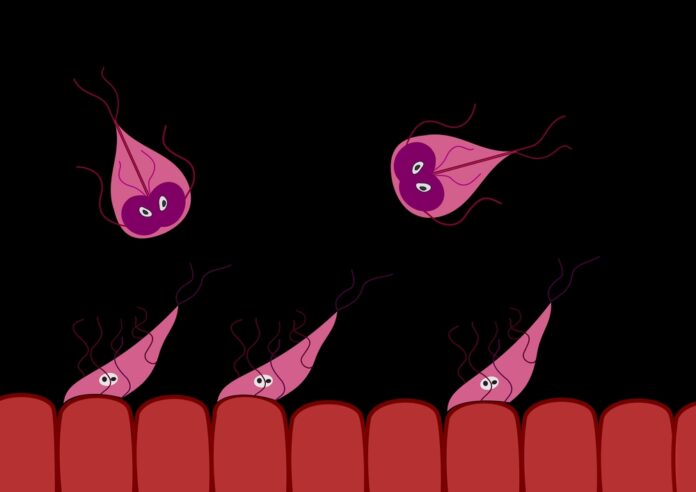Overview Of B-Cell Acute Lymphoblastic Leukemia For Adults
Leukemia is cancer of white blood cells, the cells generally responsible for helping fight off infection. They, like all blood cells, are formed in the marrow of bones. However, leukemia causes bone marrow to produce abnormal white blood cells that displace the healthy blood cells, making it hard for blood to do its work. In acute lymphocytic leukemia (ALL), also called B-cell acute lymphoblastic leukemia, there is an overabundance of lymphocytes or lymphoblasts. This is among the most common types of cancer in children.
Possible risk factors for ALL include both being white, and being male. Previous history of chemotherapy treatment, and exposure to radiation is another risk. In adults, being over the age of 70 is also a factor.
Symptoms Of B-Cell Acute Lymphoblastic Leukemia For Adults
Symptoms include:
- Bleeding under the skin
- Easily bruising or bleeding
- Fever
- Loss of appetite
- Pain in the bones or abdomen
- Pain or the sensation of fullness below the ribs
- Painless lumps in the groin region, neck, stomach, or underarms
- Shortness of breath
- Weakness/ fatigue
- Weight loss
Exams & Tests
Tests that look at the blood and bone marrow are used to diagnose ALL.
Treatment Of B-Cell Acute Lymphoblastic Leukemia For Adults
Treatments include:
- Chemotherapy
- radiation therapy
- Stem cell transplants
- Targeted therapy, which uses drugs or other substances to attack specific cancer cells with less damage to normal cells.
Once the leukemia is in remission, additional treatment may be necessary to ensure it does not return.



